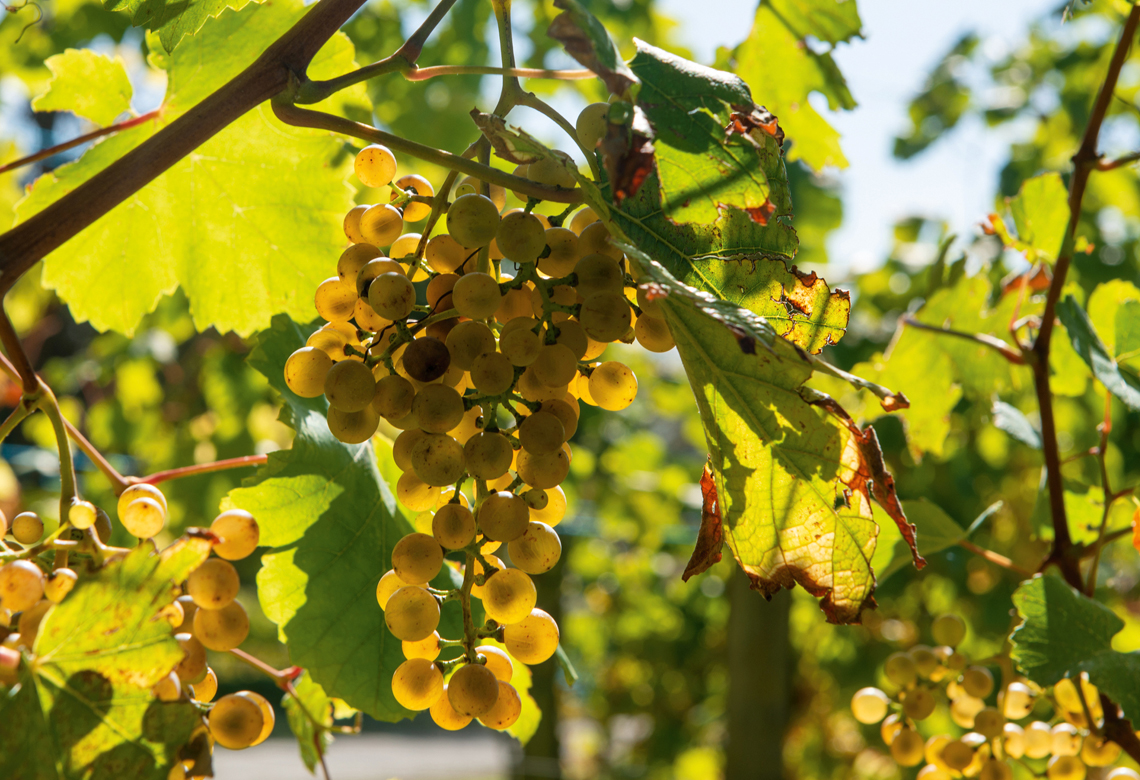Shakespeare wrote ‘What’s in a name? That which we call a rose. By any other name would smell as sweet’. In the wine game sommeliers and consumers will have to put their tastebuds to the test to determine if that homily applies to taste, as we’re learning that much of a variety planted in Australia as Petit Manseng is actually Gros Manseng.
An error years ago means that in Australia some growers and winemakers producing the little-known variety Petit Manseng, may in fact have been producing a very similar variety, Gros Manseng.
Traditionally, ampelographic metrics are used to distinguish one variety from another. However, variation in grapevine development is common from different environmental, cultural and genetic influences, which makes the identification a complicated process.
In recent years, DNA technology has advanced to the point where we can use this to help us accurately identify varieties and rootstocks (as well as track a variety’s evolutionary family tree), but historically the global wine community has used ampelographic metrics for identification.
In late 2019, during a professional ampelographic inspection, doubts were raised about the identity of the grape variety known as Petit Manseng in the Monash germplasm collection in South Australia. Consequently, samples were sent from each of the three mother vines in that collection for DNA analysis against the reference sample held in Montpellier, France. The results have shown that this variety is, in fact, Gros Manseng. The CSIRO has also tested their Petit Manseng vines too and confirmed that they are also Gros Manseng.
The original material was imported in 1979 – well before the advent of widespread DNA testing for grapevines – and was transferred to the Monash collection in 2013. It is possible that there have been other private importations of Petit Manseng and it is open to growers to have their vine material verified through DNA testing once the growing season commences. However, there are currently no known sources of true Petit Manseng in Australia.
Australia’s wine sector has a reputation for producing wines of quality and integrity, and a key element of this role is to ensure wines are presented with an accurate identification of their varietal composition, for this reason growers and winemakers have been contacted by Wine Australia to let them know their vines and therefore wines may in fact be Gros Manseng.
As Australian growers and winemakers who have presented their products as ‘Petit Manseng’ to date have done so in good faith, and there is absolutely no risk to consumers, there is no requirement to change labels but from the 2020 vintage you’ll probably see Gros Manseng appearing on labels.
To paraphrase the bard ‘By another name Gros Manseng will taste as fine’.
Australian wines labelled as Petit Manseng have been winning awards in local and alternate variety wine shows, the change of name makes it a curiosity worth seeking out and putting to the taste test.
This article was written by Rachel Triggs, General Counsel and General Manager Market Access at Wine Australia, for the June issue of National Liquor News.

